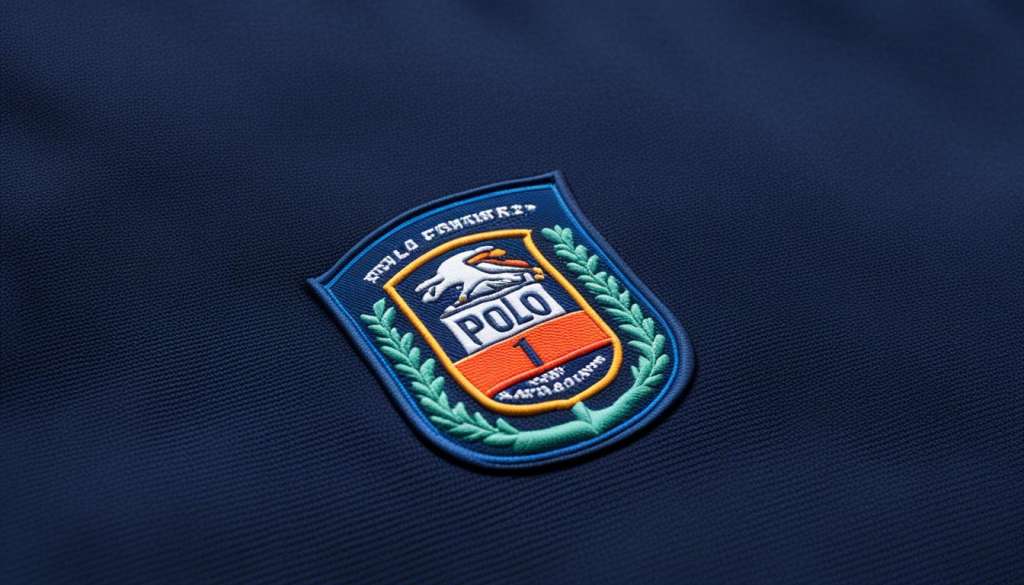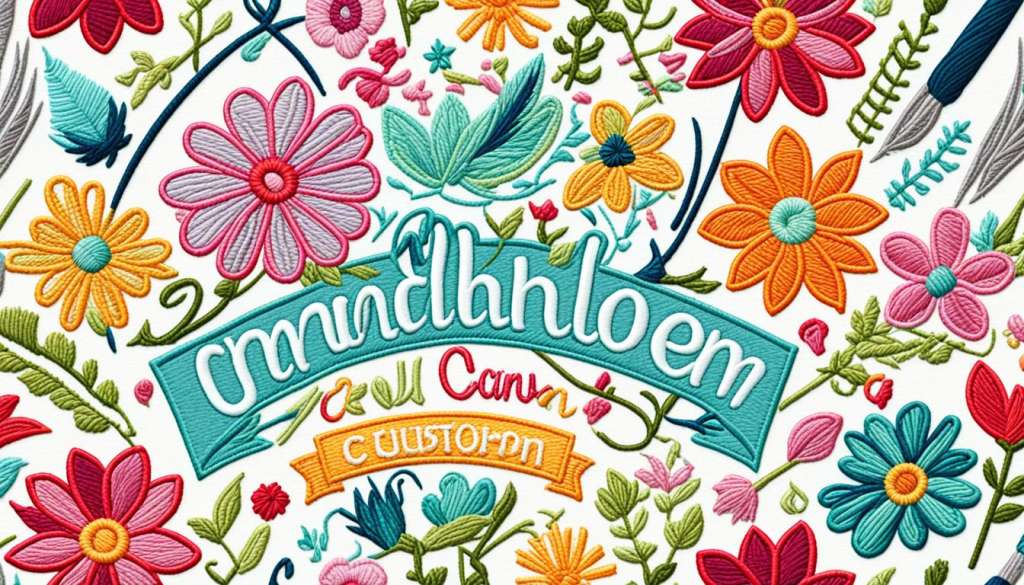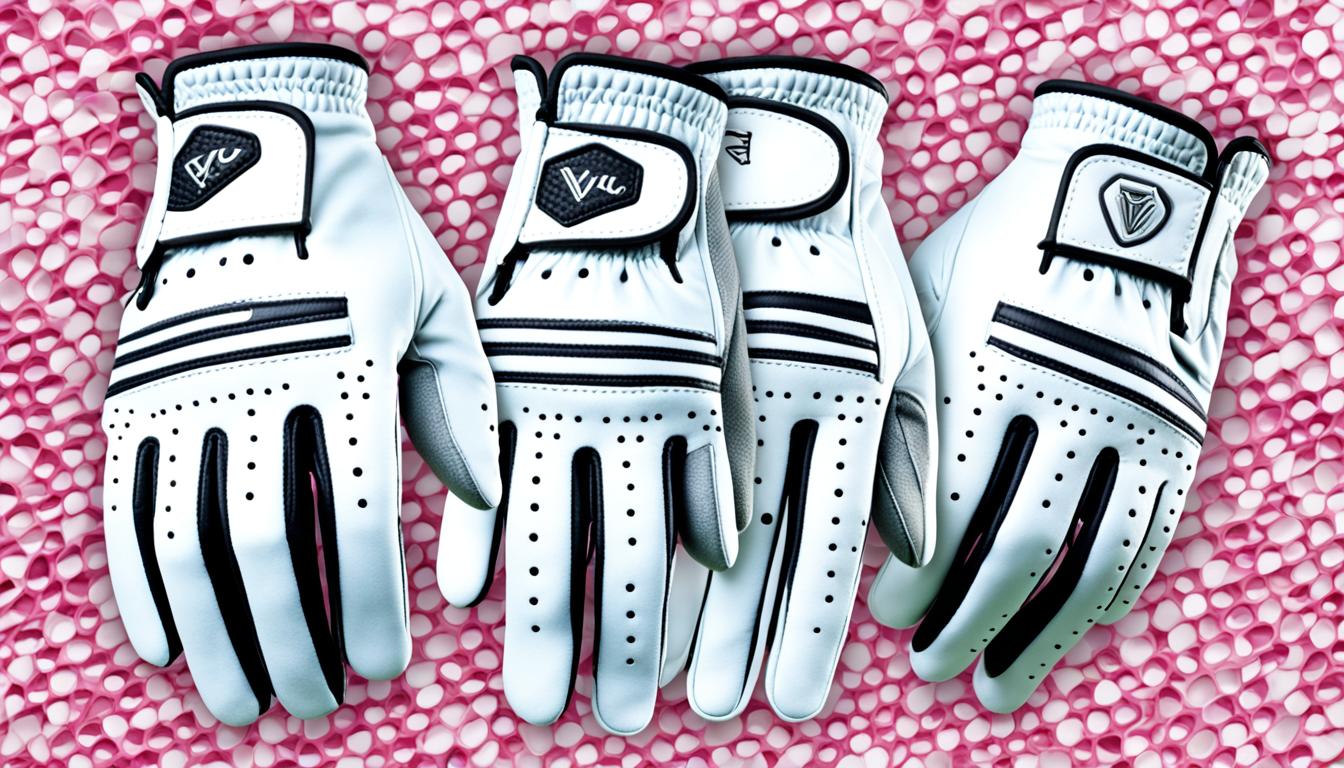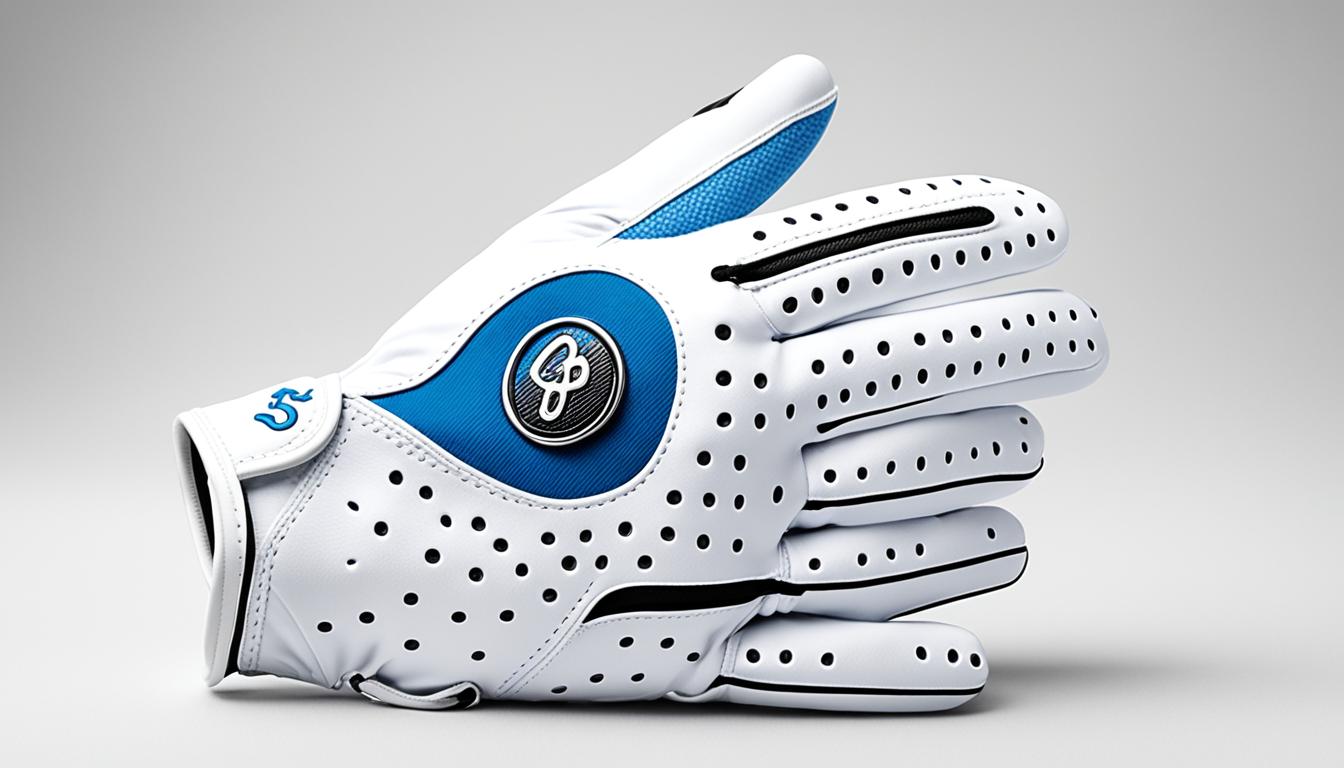Custom embroidery lets you make unique, personalized items. You can add a special touch to things like trunks and clothes. With over 10 font choices, three styles, and 25 thread colors, the options are endless.
Now, custom embroidery offers more choices than ever. Whether you want to add names, phrases, monograms, or initials, this guide will help. By working with experts, you’ll get perfect personalization that shows off your style and vision.
Embroidery is great for making unique items. It’s perfect for corporate logos or family crests. The art of embroidery brings your ideas to life with detailed and lasting quality.
Understanding Custom Embroidery: A Timeless Art Form
Custom embroidery has been fascinating people for centuries. It has moved from ancient handwork to today’s modern uses. Let’s dive into its history and how it influences personalization trends now.
The Historical Roots of Embroidery
Embroidery’s history goes way back. Ancient cultures in China and the Near East started this craft. They used needles and threads for detailed designs on fabrics. These designs often showed status and wealth.
Modern Embroidery Techniques and Technologies
Now, embroidery blends old and new. Modern methods use computerized machines for complex designs. This has made embroidery easier and more flexible for everyone.
| Traditional Techniques | Modern Techniques |
|---|---|
| Hand stitching | Computerized machine embroidery |
| Limited color options | Vast color palette |
| Time-consuming process | Rapid production |
Applications Across Various Industries
Custom embroidery is used in many industries. It adds value to everything from clothes to corporate brands:
- Fashion: Customized clothing and accessories
- Sports: Team uniforms and fan merchandise
- Corporate: Branded workwear and promotional items
- Hospitality: Personalized linens and uniforms
- Education: School uniforms and spirit wear
Embroidered designs are durable and look professional. As technology gets better, we’ll see more creative uses of embroidery in different fields.
The Benefits of Custom Embroidery for Personalization
Custom embroidery makes personalized gifts and custom apparel special. It turns simple items into unique treasures with embroidered logos and designs. This method combines style, durability, and versatility, making it stand out.

Embroidery adds elegance to custom apparel. Company uniforms or team jerseys look professional with crisp, high-quality embroidered logos. The embroidery’s raised texture makes your brand unforgettable.
For personalized gifts, embroidery adds a personal touch. Names, dates, or messages on items like towels or bags make lasting memories. Embroidery’s permanence means these gifts will last a long time.
- Durability: Embroidered designs withstand washing and wear
- Versatility: Suitable for various fabrics and items
- Professional appearance: Crisp, clean look for business attire
- Customization: Unlimited color and design options
Embroidery lasts a long time. Unlike printed designs, embroidered logos stay bright through many washes. It’s perfect for workwear, promotional items, and everyday accessories.
| Personalization Method | Durability | Versatility | Professional Look |
|---|---|---|---|
| Custom Embroidery | High | Wide range of fabrics | Excellent |
| Screen Printing | Medium | Limited to flat surfaces | Good |
| Heat Transfer | Low to Medium | Many materials | Fair |
Custom embroidery is the best mix of quality and personalization. It’s great for branded apparel or unique gifts. Embroidery leaves a lasting impression, showing your care for detail and quality.
Choosing the Right Thread Colors for Your Design
Picking the perfect thread colors for your embroidery is crucial. It can make your design shine or fall flat. Let’s explore the world of thread colors and learn how to make your embroidery pop.
Understanding Thread Color Options
There are many thread colors available, from bold to subtle. You can find the perfect match for any fabric or design. Many embroidery services provide color charts to show how different threads will look on your fabric.
Complementing Signature Prints with Thread Choices
When using signature prints, pick thread colors that boost the design. For detailed patterns, choose threads that match the print’s colors. Solid fabrics let you play with contrasts or subtle tones.
| Fabric Type | Recommended Thread Approach |
|---|---|
| Floral Print | Choose colors from the print’s palette |
| Striped Pattern | Use contrasting colors to the stripes |
| Solid Color | Experiment with complementary or analogous colors |
Considerations for White Embroidery on Bright Prints
White embroidery on bright prints can be challenging. White thread might not stand out on vibrant fabrics. For better results, try light pastel or metallic threads. They will pop against the bright background without getting lost.
The secret to great embroidery is balancing thread colors with your design. By thinking about these factors, you’ll make designs that really catch the eye.
Custom Embroidery and Personalization Guide: Styles and Options

Custom embroidery lets you personalize your clothes and accessories. You can choose from classic monogram embroidery to detailed designs. This way, you can make items that show off your unique style.
Embroidery styles can be simple or complex. You can add names, phrases, or initials to your items. Monogram embroidery is a favorite for adding elegance. For bigger items, you can use more text or detailed designs.
Font Selection and Thread Colors
The font you pick is key to your design’s look. Script fonts add elegance, while block letters make a bold statement. Choosing the right thread colors is also important. You can match them with your garment or pick contrasting colors for a pop of color.
| Embroidery Style | Best For | Personalization Options |
|---|---|---|
| Monogram | Towels, Bags, Shirts | Initials, Full Name |
| Text | Caps, Jackets, Uniforms | Names, Phrases, Dates |
| Logo | Corporate Wear, Team Gear | Company Logos, Team Emblems |
The size of your product affects what you can personalize. Smaller items like caps are best for simple text or designs. But, larger items like jackets let you go for more complex embroidery.
With these options, you can make items that are truly one-of-a-kind. Whether you want something subtle or bold, custom embroidery lets you express your style in many ways.
Creating Your Unique Embroidery Design
Making your own embroidery design is a fun way to show off your creativity and style. It starts with picking the right fonts and making thoughtful design choices.
Selecting Fonts and Styles
Choosing the right font is key for embroidery. Pick fonts that match your style and are clear when stitched. Script fonts look elegant, while block letters are bold. Think about the fabric and size of your design when picking fonts.
| Font Style | Best For | Characteristics |
|---|---|---|
| Script | Formal wear, wedding items | Elegant, flowing lines |
| Block | Sports uniforms, company logos | Bold, easy to read |
| Serif | Traditional designs, academic apparel | Classic, professional look |
Incorporating Names, Phrases, Monograms, and Initials
Embroidery designs can be personalized in many ways. Names make gifts or uniforms special. Short phrases can share messages or mottos. Monograms add a touch of elegance, while initials are subtle yet distinctive.
Working with Design Experts for Perfect Personalization
Design experts are great for your embroidery project. They can improve your ideas, suggest colors, and make sure your design works for embroidery. These pros know the technical side of embroidery and help you make a design that looks and stitches well.
- Consult on design feasibility
- Provide color palette suggestions
- Optimize designs for different fabrics
- Ensure proper sizing and placement
With your vision and expert advice, you can make embroidery designs that reflect your style and personality perfectly.
The Process of Custom Embroidery: From Concept to Creation
Custom embroidery turns your ideas into beautiful designs on fabric. It starts with your idea and ends with a finished product. Let’s see how your vision comes to life with modern embroidery machines and skilled hands.
Your design journey begins with your idea. It could be a sketch, logo, or just a vague idea. Skilled designers take your idea and turn it into a digital format for embroidery machines. This makes sure your idea looks great on fabric.
After digitizing, the design goes into production. Advanced embroidery machines stitch your design with precision. They handle complex patterns and many colors. The fabric is placed carefully, and the machine starts stitching, making your design come alive.
During the embroidery process, every detail matters. Technicians watch the machines to ensure everything is perfect. They adjust settings as needed to keep the quality high. This results in a strong, beautiful embroidered item that looks just like your original idea.
- Design conceptualization and digitization
- Machine setup and thread selection
- Precise stitching guided by digital files
- Quality control and finishing touches
Custom embroidery lets you personalize anything. Whether it’s branded clothes, special gifts, or decor, the process makes sure your idea is perfectly captured in fabric.
Embroidery Sizing and Placement Considerations
Embroidery sizing is key to making personalized items stand out. The right size and placement can highlight your design. But, poor choices can lead to disappointment. Let’s look at the main factors in embroidery sizing and placement for different products.
Sizing Guidelines for Different Products
Embroidery sizes change with the product and design. For small items like hats or pockets, a 2-inch design fits well. But, larger items like jackets or blankets can handle designs up to 4 inches or more. Here are some size tips:
- Shirts: 3-4 inches for left chest, 8-11 inches for full back
- Hats: 2-2.5 inches for front panel
- Bags: 3-5 inches for main compartment
- Towels: 3-4 inches for corner placement
Optimal Placement for Various Garments and Items
Choosing the right spot for embroidery is key for a professional look. Here are some common spots:
| Item | Placement |
|---|---|
| Polo shirts | Left chest, 7-9 inches below shoulder seam |
| Jackets | Left chest or sleeve, 4-6 inches below shoulder seam |
| Caps | Center front, 1 inch above bill |
| Tote bags | Center front, 3-4 inches below top edge |
These are just guidelines. Always think about the item and design to find the best size and spot for your embroidery.
Quality and Durability of Custom Embroidered Products
Custom embroidery is known for its top-notch quality and long-lasting nature. When you pick embroidery, you’re getting products that last a long time. The embroidery thread’s strength keeps your designs looking bright and whole, even after many washes and wears.
The quality of embroidery shows in the detailed stitching and rich textures. These make logos and designs pop. Whether it’s for a company uniform or a special gift, embroidered items keep looking professional for a long time. They stay better than other decoration ways.
Embroidered products are very durable. Unlike printed designs that might fade or crack, embroidery becomes a part of the fabric. This means your designs can handle a lot of wear and tear without losing their look or clarity.
Long-lasting designs are key to quality embroidery. The embroidery thread is made to keep colors bright and prevent fading. This means your personalized items will look new for years.
| Feature | Benefit |
|---|---|
| Strong thread | Resists fraying and breakage |
| Color retention | Maintains vibrancy over time |
| Integrated design | Withstands frequent washing |
| Texture | Adds depth and professional look |
Choosing custom embroidery means more than just personalizing an item. It’s about making a lasting impression. With quality craftsmanship and durable materials, your embroidered products will last a long time. They’ll keep looking good and staying strong for years.
Choosing the Right Custom Embroidery Service Provider
Finding the right embroidery service is crucial for your project’s success. It’s about picking a provider that fits your specific needs and expectations. Let’s look at the key factors to consider when searching.
Evaluating Experience and Quality
Search for a provider with a strong history in embroidery. Review their portfolio to see their work quality. Experienced providers have a sharp eye for details and can manage complex designs well. Make sure they use the latest technology for the best results.
Considering Pricing and Turnaround Time
Cost is important, but don’t let it be the only thing you look at. Balance cost with quality and how fast they can do the work. Some providers offer quick services but might charge more. Get quotes from different companies and compare them. Remember, the cheapest option might not always be the best for embroidery.
Assessing Customer Service and Satisfaction
Good customer service makes the embroidery process smooth. Find providers who are quick to respond, helpful, and open to your design ideas. Read reviews and testimonials to see how satisfied customers are. A provider that cares about choosing the right service will focus on your needs and make sure you’re happy with the final product. This approach often leads to higher customer satisfaction and a better experience.
Source Links
- https://petitekeep.com/pages/embroidery-guide
- https://bunniesbythebay.com/products/item-personalization?srsltid=AfmBOoooa0X1jcacwF8xyyg-R-Brts_JNruf1mgFPMlFaCPu-JyB—1
- https://www.dtlaprint.com/blog/custom-embroidery-personalize-your-style-and-brand/?srsltid=AfmBOoodKDkQYyiTaXDF8pw7AnnuaJ7Yd_Q8iL_0bTmbzAC9IzsvjR9S

